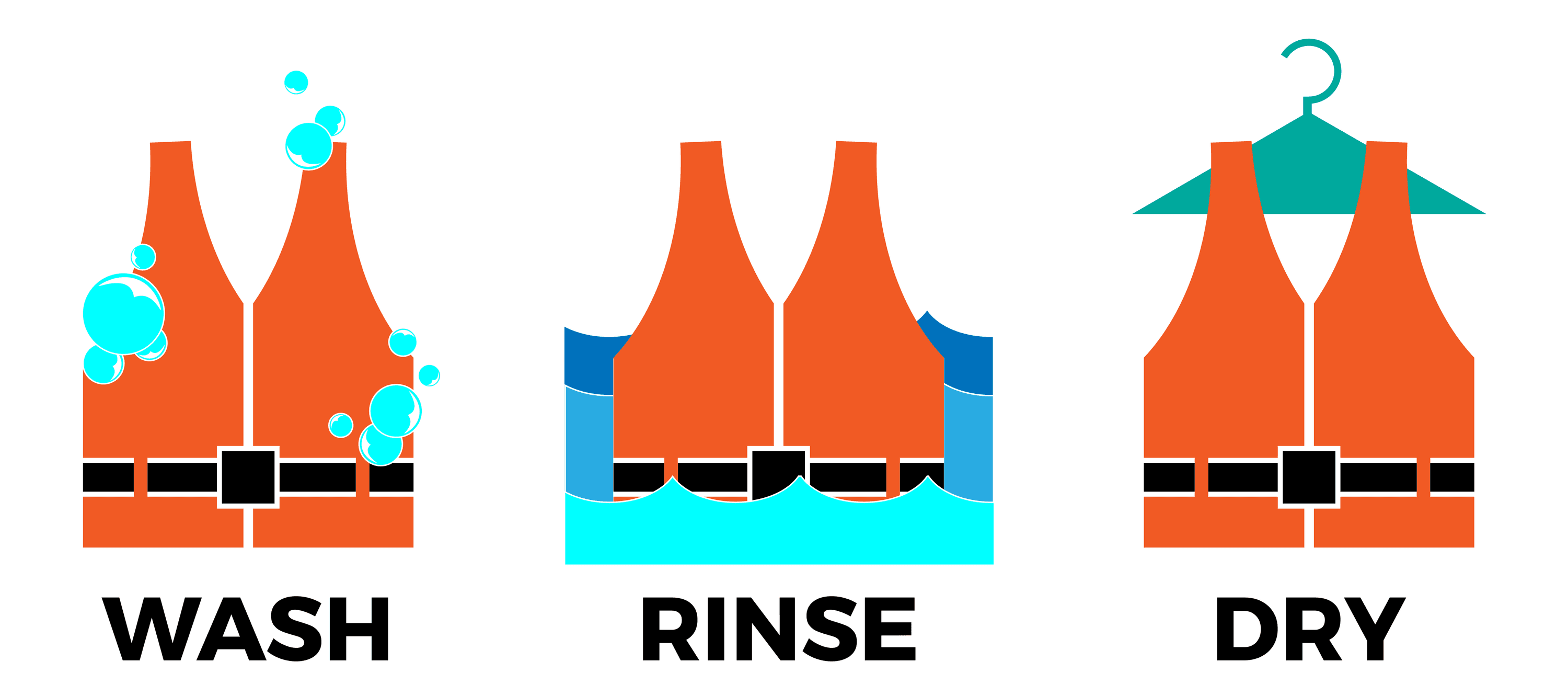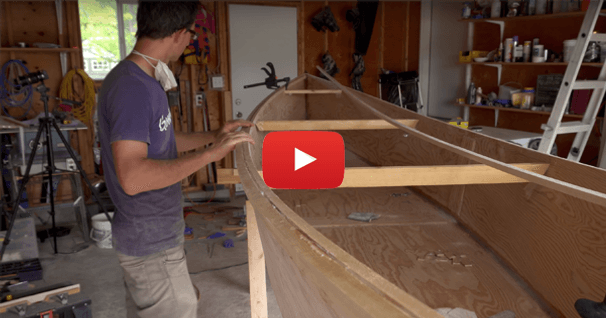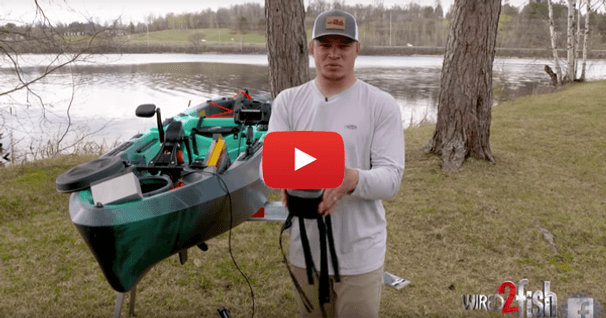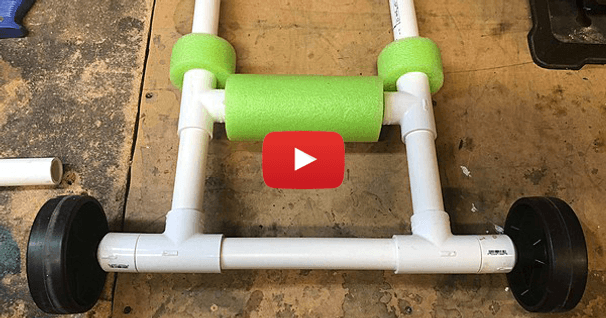Cleaning and Storing Your PFD

If you think your lifejacket has been exposed to a virus, clean as recommended by the manufacturer and then let dry in a warm, low humidity environment for at least 72 hours before reuse. These are the manufacturer’s recommendations for cleaning your PFD:
How to clean and store your PFD:
To clean your inflatable PFD, hand wash or sponge down in warm, soapy water, taking care not to submerge the inflator. Rinse your PFD with clean water and hang to dry on a plastic coat hanger. Do not dry-clean, use chlorine bleach, or apply direct heat. Always store your fully dried PFD in a warm, dry, well ventilated place out of direct sunlight.
*Inherently buoyant PFDs (foam) are cleaned in the same manner except they may be fully submerged.

If you must reuse your product within 72 hours, the following precautionary guidance is suggested:
- COVID-19 virus may exist 3 days on or in clothing. Virus can exist longer on porous surfaces.
- Synthetic fabrics, plastic and metal surfaces may harbor the virus longer.
- Buckles, zippers, other hardware and hook/loop fasteners (e.g. Velcro®) are hard to clean due to crevasses and metal/plastic construction.
- Using 60 – 90% solutions of alcohol sprayed/wetted on these components is acceptable.
- Avoid spraying inflatables with specific disinfectants that are detrimental to the fabric. e.g. bleach-based products.
- Do not machine launder life jackets.
- Life jackets should be hand-washed with gloved hands – wash as hot as possible (< 60C) to kill virus.
- Ensuring complete drying is critical, heated air drying is encouraged < 60C
- Virus likes moisture and can survive in cold – virus dies by drying out and by heat, which some fibers can enhance.
- This pandemic is a new challenge and it is truly not known how all materials and the virus respond to laundry.
- If hang to air dry, allow 72 hours (3 days) before reuse.
- Do not share garments.
DISCLAIMER:
Remember it is not possible to carry out or guarantee complete disinfection, the goal is to minimize risk.
Related Articles
Have an extra piece of plywood hanging around the house? Build a canoe with it!
Using just bark, sticks and twine, these two craftsman build an impressive bark canoe with traditional…
Learn how to install a fish finder on your fishing kayak without compromising your yak by drilling holes…
Learn how to build you very own Kayak Cart for just $25 plus some assembly time and be ready to roll…



